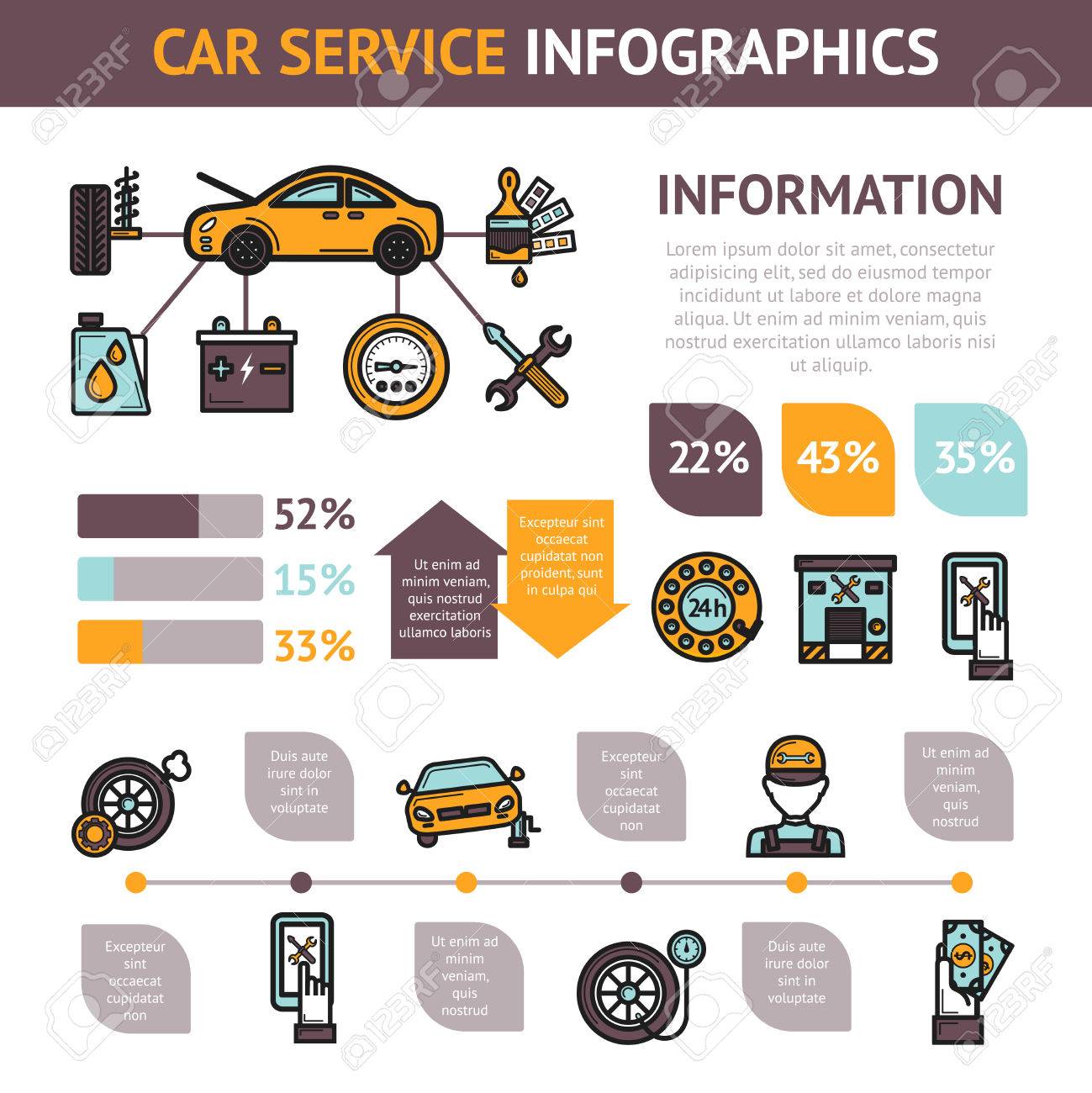Examining Your Cars And Truck'S Caution Indicators: What They Really Communicate
Examining Your Cars And Truck'S Caution Indicators: What They Really Communicate
Blog Article
Created By-Lauritsen Stark
When you lag the wheel, those glowing caution lights on your dashboard can be a little bit complicated. Do you know what they're attempting to inform you about your vehicle's health? Comprehending the relevance of these lights is important for your safety and the longevity of your car. So, the next time among those lights appears, wouldn't you want to understand its message properly and take the essential actions to address it?
Common Caution Lights and Interpretations
Identify typical caution lights in your cars and truck and comprehend their significances to guarantee secure driving.
car mobile detailing of the most typical warning lights consist of the check engine light, which signifies problems with the engine or discharges system. If this light comes on, it's crucial to have your car inspected promptly.
The oil pressure cautioning light indicates reduced oil pressure, requiring prompt focus to avoid engine damage.
A flashing battery light might suggest a faulty charging system, potentially leaving you stranded if not resolved.
The tire stress surveillance system (TPMS) light informs you to reduced tire stress, impacting car stability and gas effectiveness. Overlooking this can bring about unsafe driving problems.
find more info indicates a problem with the anti-lock braking system, jeopardizing your ability to quit swiftly in emergencies.
Lastly, the coolant temperature level warning light warns of engine getting too hot, which can lead to serious damages otherwise dealt with promptly.
Comprehending these typical warning lights will assist you deal with concerns without delay and preserve risk-free driving problems.
Relevance of Prompt Attention
Recognizing the common warning lights in your vehicle is just the very first step; the relevance of without delay dealing with these warnings can't be highlighted enough to guarantee your security on the road.
When a caution light illuminates on your control panel, it's your automobile's means of connecting a prospective issue that requires attention. Overlooking these warnings can bring about more extreme problems down the road, jeopardizing your safety and security and possibly costing you extra in repairs.
Prompt interest to warning lights can protect against break downs and crashes. For instance, a blinking check engine light could show a misfire that, if left neglected, might create damage to the catalytic converter. Addressing this immediately can conserve you from a costly repair service.
Similarly, a brake system advising light may signify low brake liquid or used brake pads, important elements for your security when driving.
DIY Troubleshooting Tips
If you see a caution light on your control panel, there are a couple of DIY repairing tips you can attempt before seeking expert aid.
The initial step is to consult your cars and truck's guidebook to understand what the certain warning light shows. Sometimes the problem can be as basic as a loose gas cap triggering the check engine light. Tightening up the gas cap might settle the issue.
Another typical problem is a low battery, which can activate various cautioning lights. Inspecting the battery connections for rust and ensuring they're safe might fix the trouble.
If a warning light continues, you can try resetting it by disconnecting the automobile's battery for a couple of minutes and after that reconnecting it. Additionally, examining your car's fluid degrees, such as oil, coolant, and brake liquid, can help repair warning lights connected to these systems.
Final thought
To conclude, understanding your auto's warning lights is essential for maintaining your vehicle running smoothly and safely. By quickly attending to these alerts and understanding what they indicate, you can prevent costly repairs and prospective malfunctions.
Bear in mind to consult your vehicle's handbook for particular details on each warning light and take action accordingly to make sure a hassle-free driving experience.
Stay informed, stay safe on the road!
